



Microbial Fermentation-A Cost Effective Way to Obtain Peptides. Peptides are short chains of amino acids that have various biological activities and therapeutic potential. They play crucial roles in various biological processes, such as cell signaling, enzyme activity regulation, and immune response modulation.
Peptide fermentation allows for the production of peptides in sufficient quantities to meet the demands of research, clinical trials, and commercialization. It offers several advantages over traditional chemical synthesis methods, including cost-effectiveness, scalability, and the ability to produce complex and structurally diverse peptides.
Peptides produced through fermentation can be used in a wide range of applications, including drug discovery and development, personalized medicine, diagnostics, and biotechnology. They can serve as therapeutic agents for treating various diseases, such as cancer, diabetes, autoimmune disorders, and infectious diseases. Additionally, peptides are valuable tools in research for studying protein-protein interactions, molecular recognition, and as biomarkers for disease diagnosis and prognosis.
The synthesis of peptides through fermentation generally involves the following steps:
Selection of host organism: Choose a suitable microorganism, such as Escherichia coli or Saccharomyces cerevisiae, that can be easily genetically manipulated and has the ability to efficiently produce the desired peptide.
Genetic engineering: Transform the host organism with a recombinant plasmid or expression vector containing the gene encoding the peptide of interest. This can be achieved through techniques such as plasmid extraction, restriction enzyme digestion, ligation, and transformation.
Optimization of growth conditions: Determine the optimal conditions for the growth of the transformed microorganism. This includes factors such as temperature, pH, nutrient composition, and oxygen availability. These conditions can greatly influence the yield and quality of the synthesized peptide.
Induction of expression: Use specific inducers, such as IPTG (isopropyl β-D-1-thiogalactopyranoside), to initiate the expression of the peptide gene. This step is usually necessary in cases where the expression of the peptide can have detrimental effects on the host organism’s growth.
Monitoring and harvesting: Regularly monitor the growth of the microorganism and check for the presence of the desired peptide. Once a significant amount of peptide has been synthesized, harvest the cells through centrifugation or filtration.
Cell disruption and peptide purification: Use various techniques to disrupt the cells and obtain the intracellular contents, which include the synthesized peptides. Common methods include sonication, homogenization, or the use of detergents. Purify the synthesized peptide from other cellular components using techniques such as chromatography (e.g., ion-exchange, size-exclusion, or affinity chromatography).
Peptide characterization and analysis: Perform quality control tests, such as peptide sequencing, mass spectrometry, and potency assays, to ensure the identity, purity, and biological activity of the synthesized peptide.
Generally, fermentation processes for peptide production can be divided into two main categories: solid-state fermentation (SSF) and submerged fermentation (SmF).
Solid-state fermentation (SSF): In this method, microorganisms are grown on a solid substrate, such as agricultural or industrial waste materials, to produce peptides. The fermentation takes place in the absence of free-flowing water, but with sufficient moisture content to support microbial growth. The solid substrate provides a complex environment for microorganisms, leading to the production of a wide range of peptides.
Submerged fermentation (SmF): In this method, microorganisms are grown in a liquid medium under controlled conditions. The liquid medium contains all the necessary nutrients required for microbial growth and peptide production. SmF offers advantages such as scalability, ease of process control, and the ability to monitor and optimize fermentation parameters.
The choice of microorganism for peptide fermentation depends on several factors, including its ability to produce the desired peptide, the yield and productivity of peptide production, the genetic manipulability of the organism, and the downstream processing requirements.
Once the fermentation process is complete, the peptides can be extracted from the fermentation broth and purified using various techniques such as chromatography, ultrafiltration, or precipitation methods. The purified peptides can then be further characterized and used for various applications such as drug development, cosmetics, or agricultural biotechnology.
In recent years, advances in genetic engineering and bioprocess optimization have led to significant improvements in peptide fermentation, resulting in higher yields, improved production processes, and the production of novel peptides with enhanced properties. These advancements have expanded the potential applications of peptides and opened up new opportunities in the field of biotechnology.
Seller Information
Please login to view the seller information.
Location
Related Ads
Silica Gel Suppliers
- 4 days ago
- Vadodara City, Gujarat, India
- 9 Views
Aluminium Oxide Basic
- 5 days ago
- Vadodara City, Gujarat, India
- 9 Views
Silica Gel Manufacturer
- 6 days ago
- Vadodara City, Gujarat, India
- 9 Views
Aluminium Oxide Active Neutral
- 1 week ago
- Vadodara City, Gujarat, India
- 21 Views
Silica Gel For Column Chromatography
- 2 weeks ago
- Vadodara City, Gujarat, India
- 14 Views
Aluminium Oxide Acidic – Column Chromatography
- 2 weeks ago
- Vadodara City, Gujarat, India
- 14 Views
Sorbipaks Silica Gel Packets Manufacturers
- 2 weeks ago
- Chatra City, Jharkhand, India
- 21 Views
Cargo Desiccant Bags For Export Products
- 2 weeks ago
- Mumbai - Mumbai Central, Maharashtra, India
- 20 Views
Column Chromatography with Silica Gel
- 2 weeks ago
- Vadodara City, Gujarat, India
- 26 Views
Desiccant Bags For Shipping Containers
- 2 weeks ago
- Gandhinagar City, Gujarat, India
- 12 Views
Silica Gel Blue Crystals in India
- 2 weeks ago
- Vadodara City, Gujarat, India
- 20 Views
India’s Largest Manufacturer and Supplier of TiO2 and Calcium
- 1 month ago
- Ludhiana (East), Punjab, India
- 20 Views
High-Quality Titanium Dioxide (TiO2) Supplier | Sukhmani Impex
- 1 month ago
- Ludhiana (East), Punjab, India
- 13 Views
Are You in Need of Metribusin? Contact Tatva Chintan Now
- 1 month ago
- Vadodara City, Gujarat, India
- 32 Views
High Quality 3-Methyl Pyridine For Imidacloprid | Tatva Chintan
- 1 month ago
- Vadodara City, Gujarat, India
- 19 Views
Highest Grade Tebuconazole – Get It From Tatva Chintan
- 1 month ago
- Vadodara City, Gujarat, India
- 22 Views
Blue Silica Gel | Swambe Chemicals
- 2 months ago
- Vadodara City, Gujarat, India
- 24 Views
Aluminium Oxide Acidic
- 2 months ago
- Vadodara City, Gujarat, India
- 27 Views
Chromatography Adsorbents Manufacturer and Supplier | Column Chromatography
- 2 months ago
- Vadodara City, Gujarat, India
- 28 Views
High Quality Chemicals and Pharmaceuticals
- 2 months ago
- Surat City, Gujarat, India
- 18 Views
China Factory H-D-PHG-OME HCL CAS 19883-41-1
- 2 months ago
- Andorra
- 21 Views
Good Price H-D-PHG-OME HCL CAS 19883-41-1
- 2 months ago
- Chile
- 18 Views
Hot Selling H-D-PHG-OME HCL CAS 19883-41-1
- 2 months ago
- Belize
- 26 Views
High Quality Chemicals Metribusin Now Available At Tatva Chintan
- 2 months ago
- Vadodara City, Gujarat, India
- 26 Views
Manufacturer and Exporter of Oilfield Chemicals
- 3 months ago
- Vadodara City, Gujarat, India
- 37 Views
Superior Aqua Ammonia Solution in Mauritius | Mysore Ammonia
- 3 months ago
- Mauritius
- 38 Views
Are You in Need of Metribuzin? Contact Tatva Chintan Now
- 3 months ago
- Vadodara City, Gujarat, India
- 55 Views
Bulk Ammonia Solutions in Cote D’Ivoire | Mysore Ammonia
- 3 months ago
- Côte d'Ivoire
- 28 Views
Get The Highest Quality Pinacolone For Metribuzin
- 3 months ago
- Vadodara City, Gujarat, India
- 23 Views
Calcium Chloride Dihydrate Flakes HS Code 282720 Cas 10035-04-8
- 4 months ago
- China
- 30 Views
Mini-Pellets Calcium Chloride Anhydrous For Ice and Snow Melters
- 4 months ago
- China
- 38 Views
Snow Melting Sodium Formate 98% Granule For Worldwide Market
- 4 months ago
- China
- 28 Views
Buy 100% Pure Caluanie Muelear Oxidize Parteurized Online
- 4 months ago
- Poland
- 73 Views
Are You in Search of High-Quality Chemicals and Pharmaceuticals?
- 4 months ago
- Surat City, Gujarat, India
- 42 Views
Highest Grade Chemical Manufacturer in India | Tatva Chintan
- 5 months ago
- Vadodara City, Gujarat, India
- 60 Views
Bromo Biphenyl Solution Offered by Tatva Chintan
- 5 months ago
- Vadodara City, Gujarat, India
- 91 Views
Quality SDA – Get It Today From Tatva Chintan
- 6 months ago
- Surat City, Gujarat, India
- 76 Views
High-Quality Structure Directing Agent | Tatva Chintan
- 6 months ago
- Surat City, Gujarat, India
- 56 Views
Povidone Iodine API Manufacturer in India | Life Pharma Chem
- 12 months ago
- Rajkot City, Gujarat, India
- 75 Views
Best Tallow Suppliers in India | Shivam Chemicals
- 1 year ago
- Mumbai - Andheri, Maharashtra, India
- 69 Views
How Dose a Boiler Feed Water Treatment System Operate ?
- 1 year ago
- Jaipur City, Rajasthan, India
- 104 Views
STP Chemicals Manufacturer in India | Mishitek Chemicals
- 1 year ago
- Jaipur City, Rajasthan, India
- 64 Views
Sodium Hypochlorite Supplier & Exporter in Surat | Kavya Pharma
- 1 year ago
- Surat City, Gujarat, India
- 104 Views
Best Desonide Supplier/Exporter in Surat | Kavya Pharma
- 1 year ago
- Surat City, Gujarat, India
- 91 Views
China Anhydrous Lanolin EP Grade Factory and Manufacturers
- 1 year ago
- China
- 95 Views



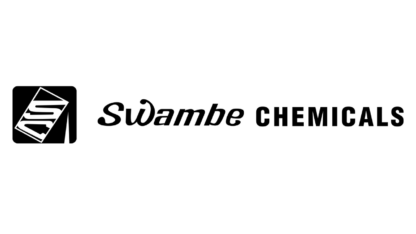
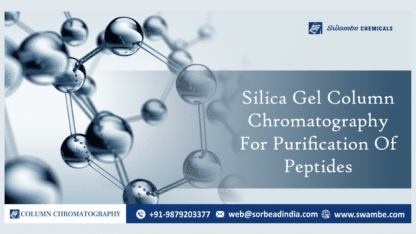
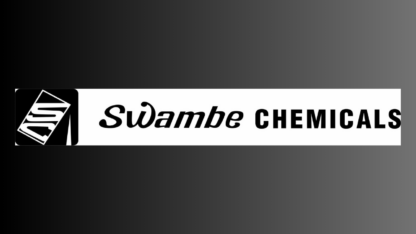


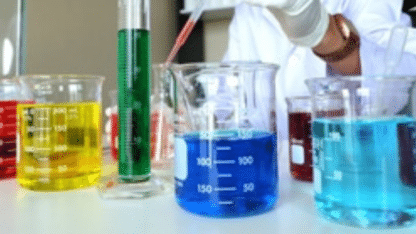


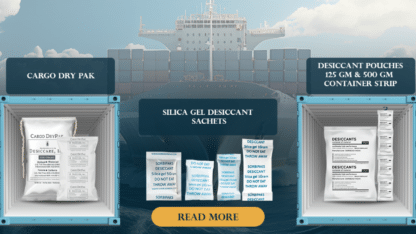

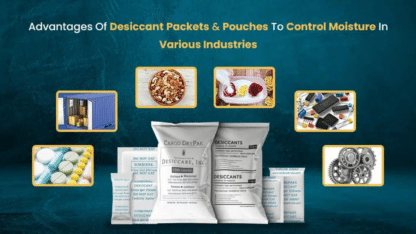

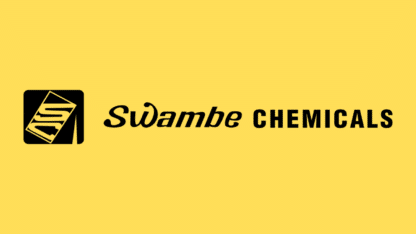
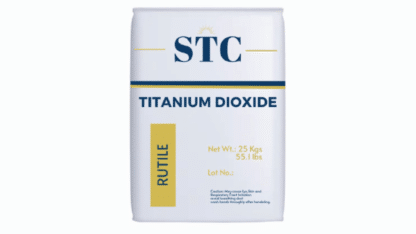






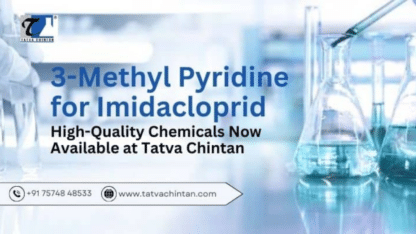




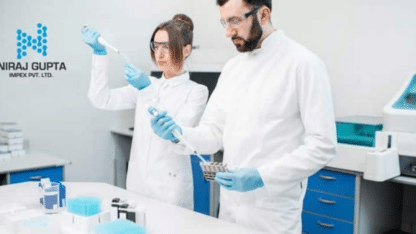

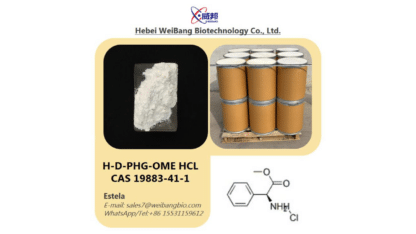
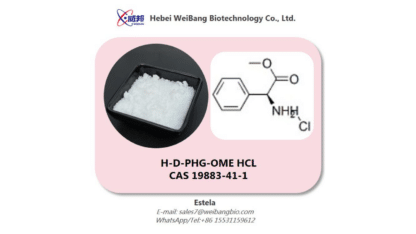
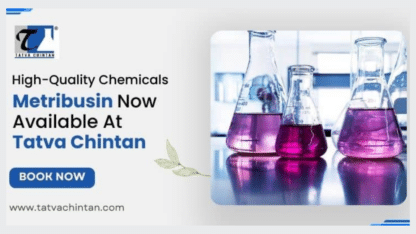
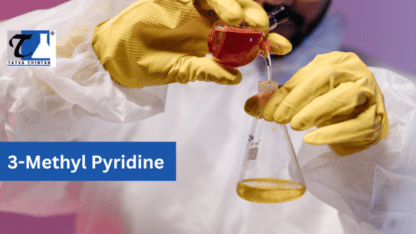
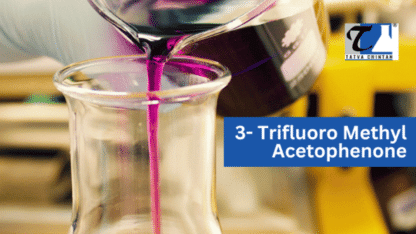




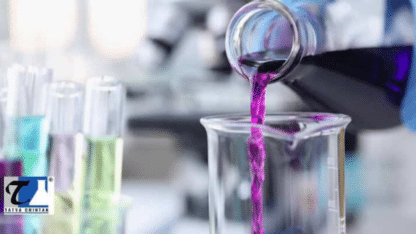



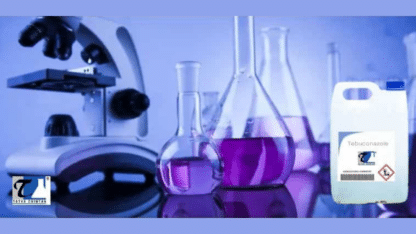
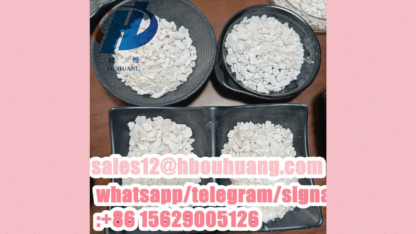
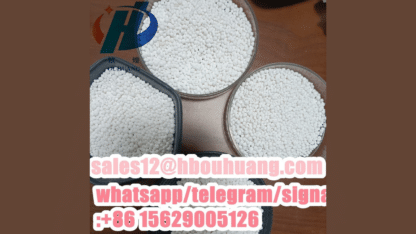
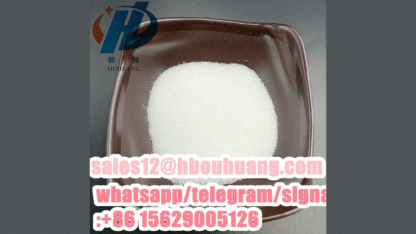
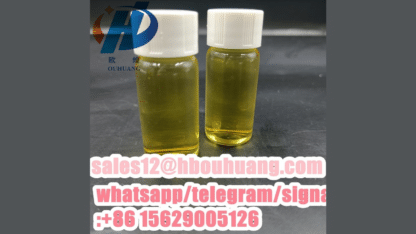
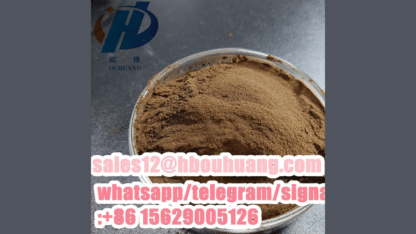
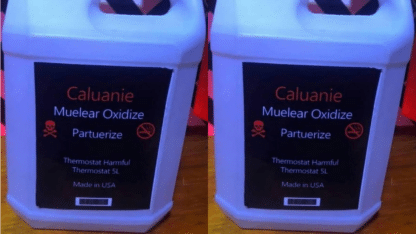



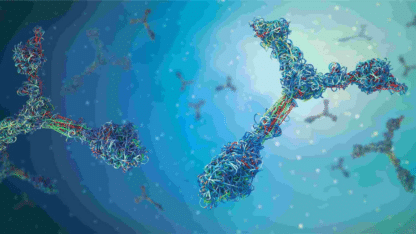

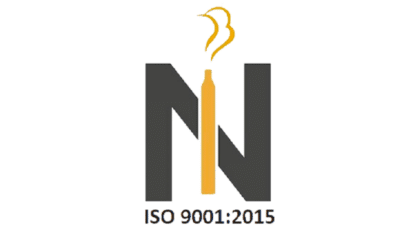





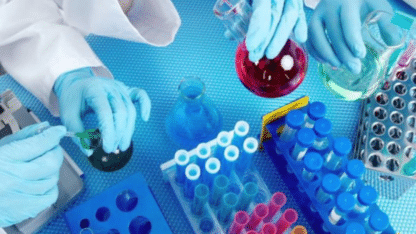
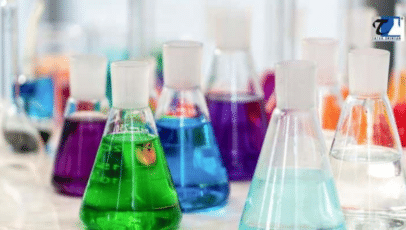

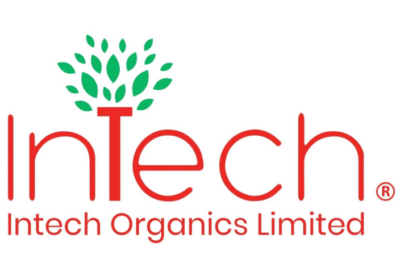



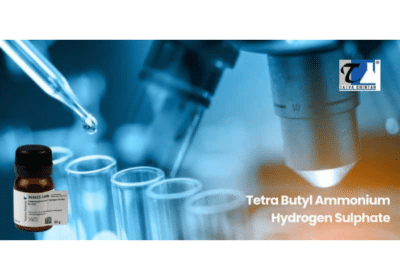



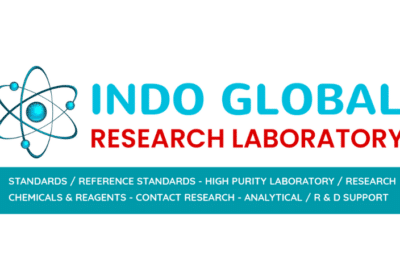

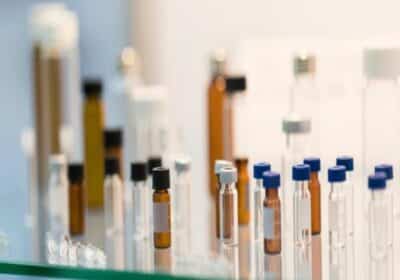
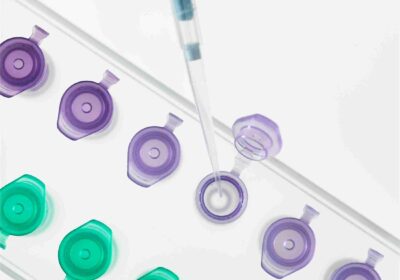
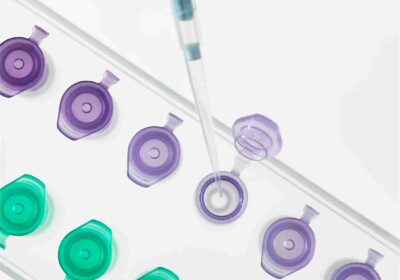

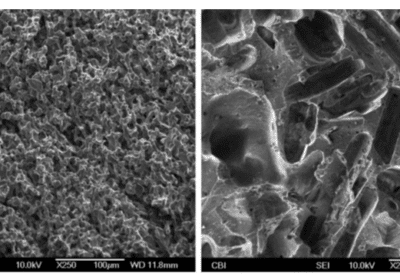

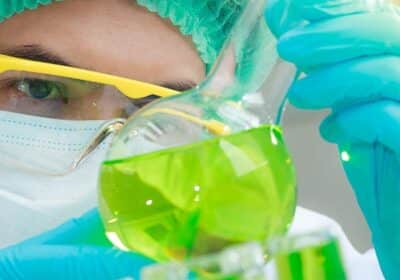

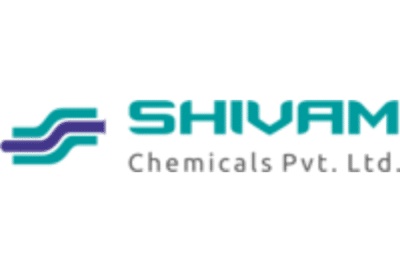
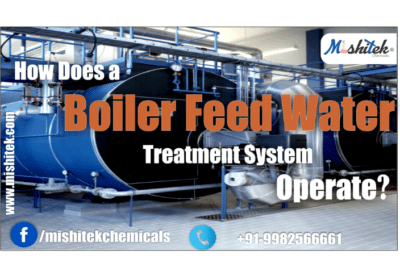
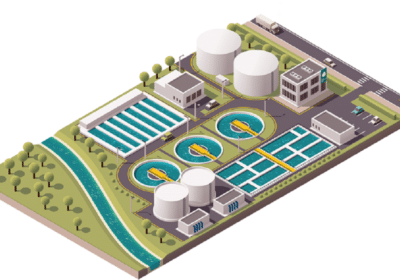






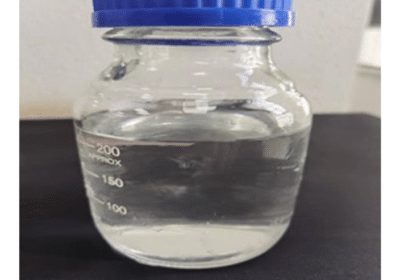


You must be logged in to post a review.